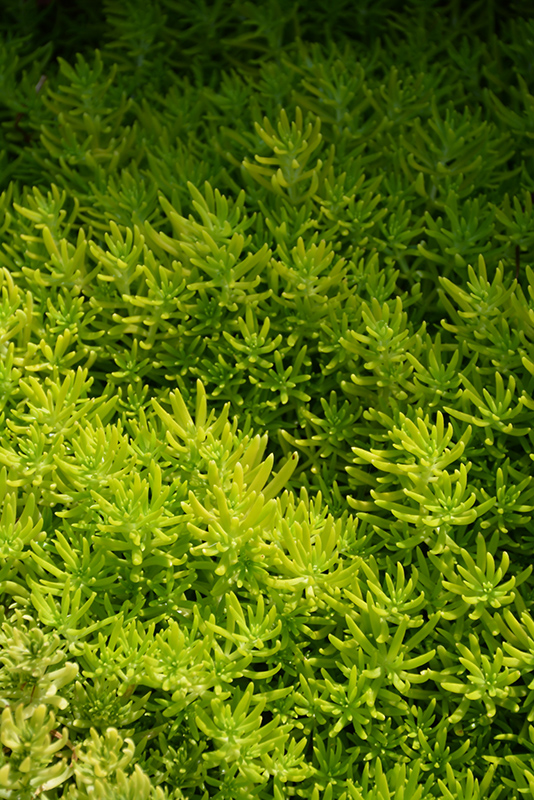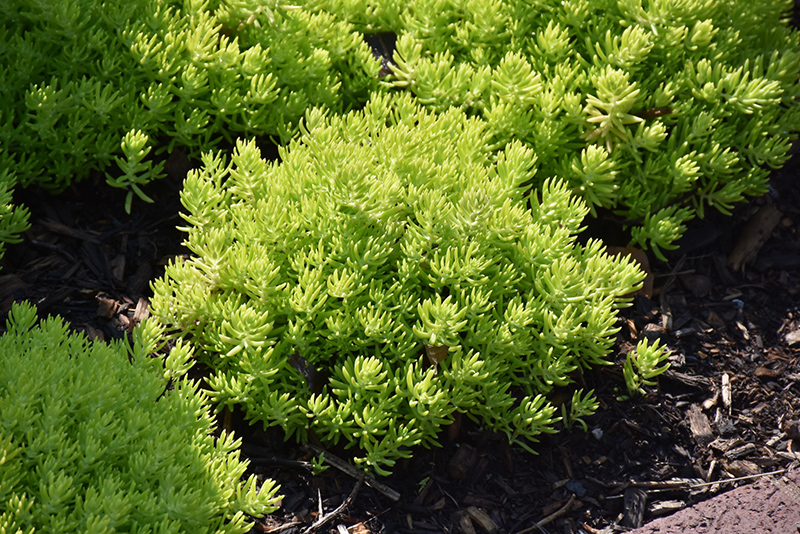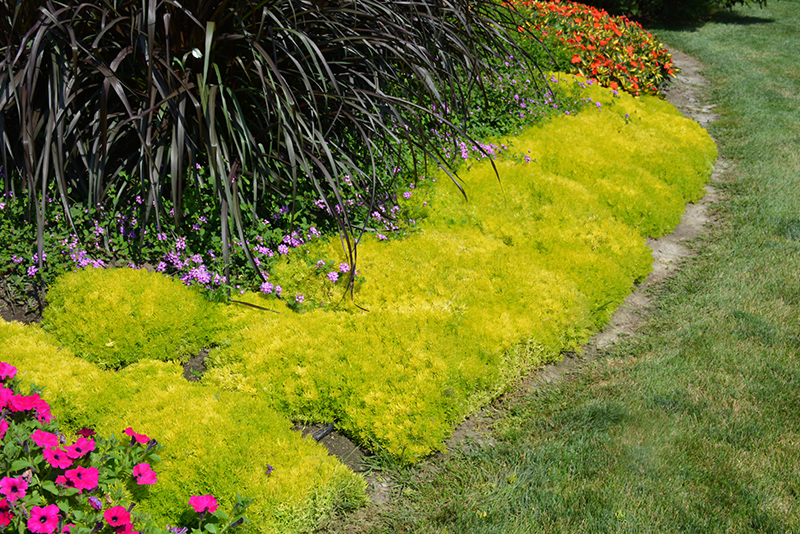PLANT FINDER
Lemon Coral Stonecrop Sedum rupestre 'Lemon Coral' Height: 8 inches Spacing: 10 inches
Sunlight:
Hardiness Zone: 6b Other Names: Sedum reflexum Description: This outstanding variety is grown for its fine textured carpets of needle-like chartreuse to yellow foliage, that becomes bronzed in winter; presents flat topped clusters of bright yellow flowers in summer; excellent hanging container plant Ornamental Features Lemon Coral Stonecrop is smothered in stunning yellow star-shaped flowers at the ends of the stems from early to mid summer. Its attractive succulent needle-like leaves emerge yellow in spring, turning chartreuse in color throughout the season. Landscape Attributes Lemon Coral Stonecrop is a dense herbaceous perennial with a ground-hugging habit of growth. It brings an extremely fine and delicate texture to the garden composition and should be used to full effect. This plant will require occasional maintenance and upkeep, and is best cleaned up in early spring before it resumes active growth for the season. It is a good choice for attracting bees and butterflies to your yard, but is not particularly attractive to deer who tend to leave it alone in favor of tastier treats. Gardeners should be aware of the following characteristic(s) that may warrant special consideration; Lemon Coral Stonecrop is recommended for the following landscape applications; Planting & Growing Lemon Coral Stonecrop will grow to be about 8 inches tall at maturity, with a spread of 12 inches. When grown in masses or used as a bedding plant, individual plants should be spaced approximately 10 inches apart. Its foliage tends to remain low and dense right to the ground. It grows at a fast rate, and under ideal conditions can be expected to live for approximately 10 years. As an herbaceous perennial, this plant will usually die back to the crown each winter, and will regrow from the base each spring. Be careful not to disturb the crown in late winter when it may not be readily seen! This plant does best in full sun to partial shade. It prefers dry to average moisture levels with very well-drained soil, and will often die in standing water. It is considered to be drought-tolerant, and thus makes an ideal choice for a low-water garden or xeriscape application. It is not particular as to soil pH, but grows best in poor soils, and is able to handle environmental salt. It is highly tolerant of urban pollution and will even thrive in inner city environments. This is a selected variety of a species not originally from North America. It can be propagated by division; however, as a cultivated variety, be aware that it may be subject to certain restrictions or prohibitions on propagation.
A NetPS Plant Finder tool![]()
![]()
![]()
![]()
![]()
![]()
![]()
![]()
![]()
![]()
![]()
![]()
![]()
![]()
![]()




